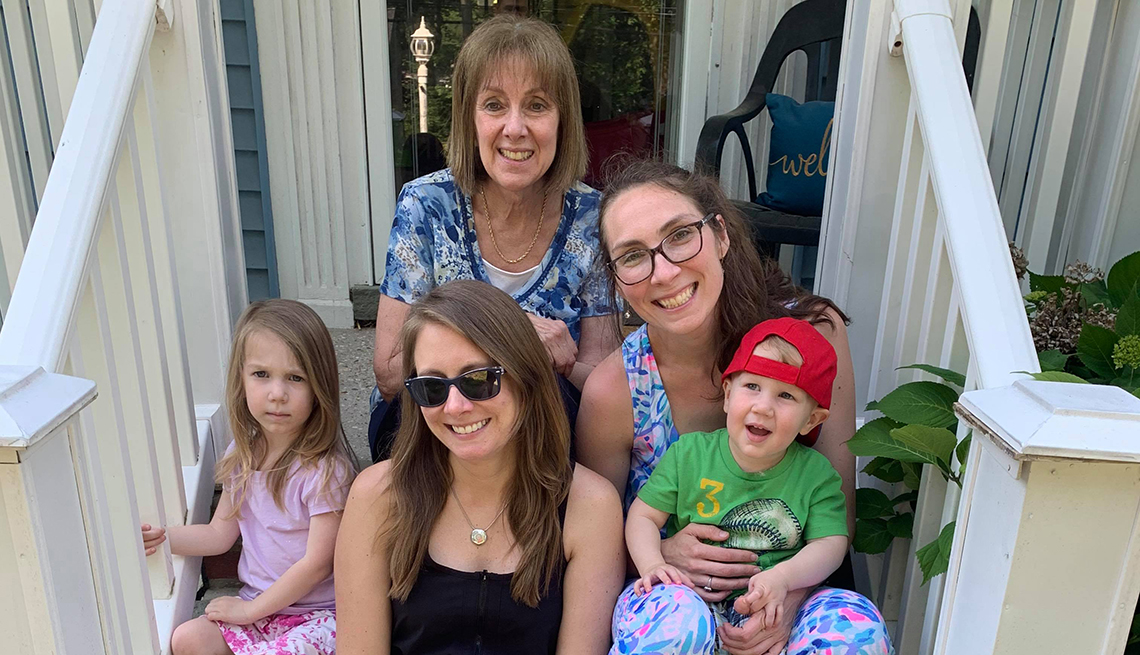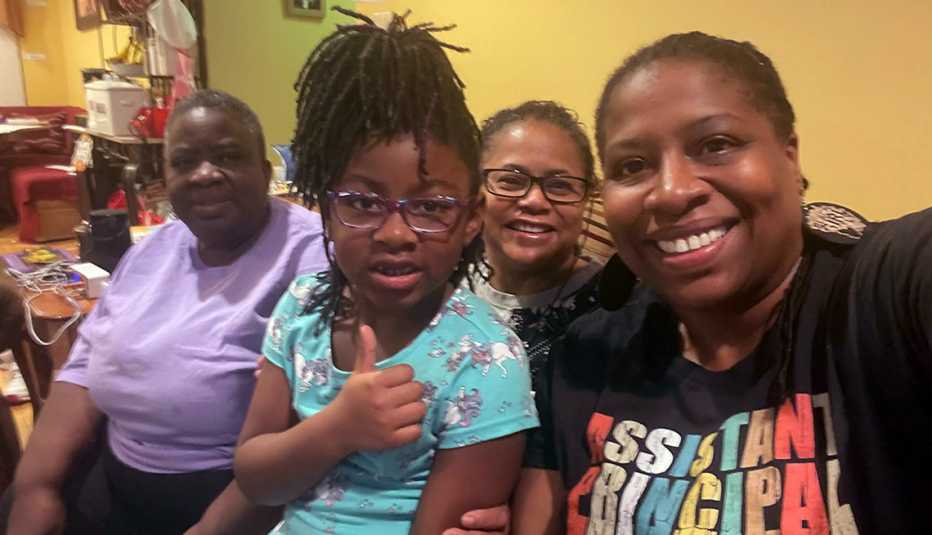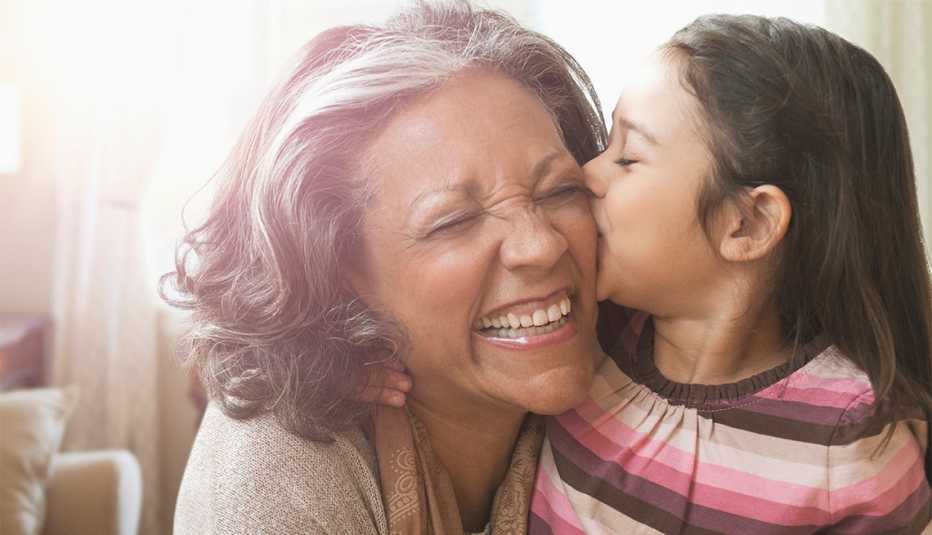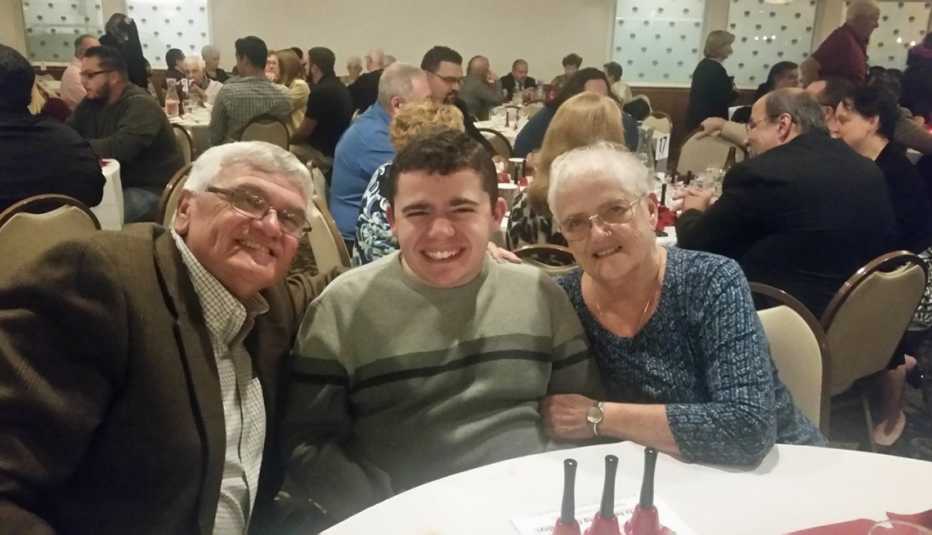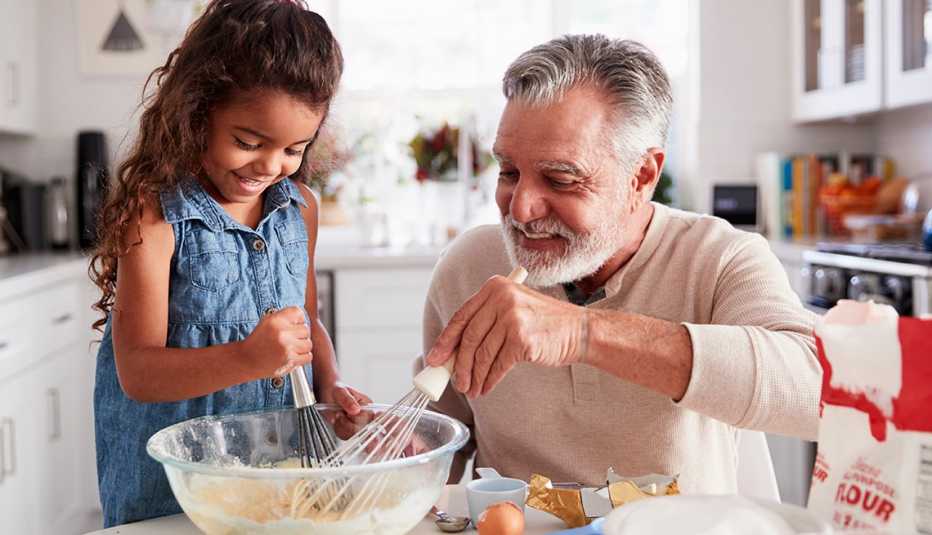Staying Fit
After Joanne Swan’s son-in-law died from COVID-19 near the start of the pandemic, the 70-year-old essentially moved in with her daughter and two grandchildren in Waldwick, New Jersey. She cooked, read bedtime stories and cried as the whole family grieved Martin Addison’s death.
Swan, of Ossining, New York, has returned home for less than eight weeks total since Addison succumbed to COVID in April 2020.
“What was I going to do? Go back to my place and just worry about myself?” Swan says. “As long as I have that energy and the drive and the ability and the health to be here, that’s where I’m going to be.”
An estimated 167,000 children have lost parents or in-home caregivers to COVID-19 in the United States, according to “Hidden Pain”, a report released Dec. 9 by the COVID Collaborative, a bipartisan group advocating for resources. Seventy percent of children impacted are 13 or younger, the report found. And it’s often grandparents or older relatives who step in when children are orphaned or suffer such losses.


AARP Membership— $12 for your first year when you sign up for Automatic Renewal
Get instant access to members-only products and hundreds of discounts, a free second membership, and a subscription to AARP the Magazine.
The issue is even more pronounced for children of color, who lost parents or caregivers at a higher rate than white children. A study published in the journal Pediatrics found that 65 percent of children in the U.S. who lost a primary caregiver to COVID before July 2021 were non-white.
“It’s disturbing to think about how for every four COVID deaths, one child is left behind,” Susan Hillis, a Centers for Disease Control and Prevention researcher and lead author of the Pediatrics study, said in a statement. “This is a crisis.”
Weighed down by grief
Find Support if You Are Caring for a Grandchild
Even before the pandemic, many grandparents and other older relatives were raising grandchildren. According to a 2018 study by the American Academy of Pediatrics, an estimated 3 million older adults are raising their grandchildren.
Lisa Grodsky, a program operations manager with the Oakland Livingston Human Service Agency (OLHSA), a community action agency located in Pontiac, Michigan, runs the Grandparents Raising Grandchildren program and says it’s important that grandparents get support. Grodsky recommends getting in touch with local kinship navigator programs, which offer resources to those who take on primary care of a child.
According to Grodsky “many of those that are raising their grandchildren feel an enormous sense of isolation,” but she wants people to know they are not alone.
These organizations and resources can provide support and information:
- AARP’s Grandfamilies guide
- Administration for Children and Families, Children’s Bureau, information on Kinship Care
- Generations United
- Daily Strength’s online community support group for grandparents raising grandchildren
- Supporting Grandparents Raising Grandchildren (SGRG) Act initial report to Congress
- Facebook’s Grandparents Raising Grandchildren group
While these losses are devastating for children, they also create hardships for the grandparents caring for them full time or part time. And those grandparents are often also grieving the loss of their own child or a family member.
The pandemic has presented unique hurdles on top of an already unprecedented situation, says Jaia Peterson Lent, who oversees the National Center on Grandfamilies and is deputy executive director of Generations United, which released a report in December on the state of “grandfamilies.” Remote schooling, supply chain shortages and general fear of contracting COVID are just some of the challenges for grandparents or older relatives who step in as primary caregivers for children.
“Often these relatives are the last stop for these children, so they were fearful if they became sick or died, then the children would end up in foster care, and that was really a huge stressor,” Peterson Lent says.
Swan’s grandchildren are ages 3 and 1 and her daughter Pamela Addison is a reading teacher. Swan, who is retired, is now a constant in the kids’ daily life, changing diapers, giving baths and goodnight kisses. The mother-daughter team is aiming to provide the children with as normal a childhood as they can without their father.
Swan initially worried that caring for her grandchildren might prove overwhelming, but Pamela’s sister, mother-in-law and other family members all have rallied to support them.
“My sisters were worried that this would be my undoing — it would be too much stress [and] too much pressure,” Swan says. “At the beginning, I was feeling that I was sinking in quicksand, but I wasn’t sharing that. It was just like I was weighed in with grief and the reality, but I rose above it and just decided, Hey, this is what life is right now.”



























































